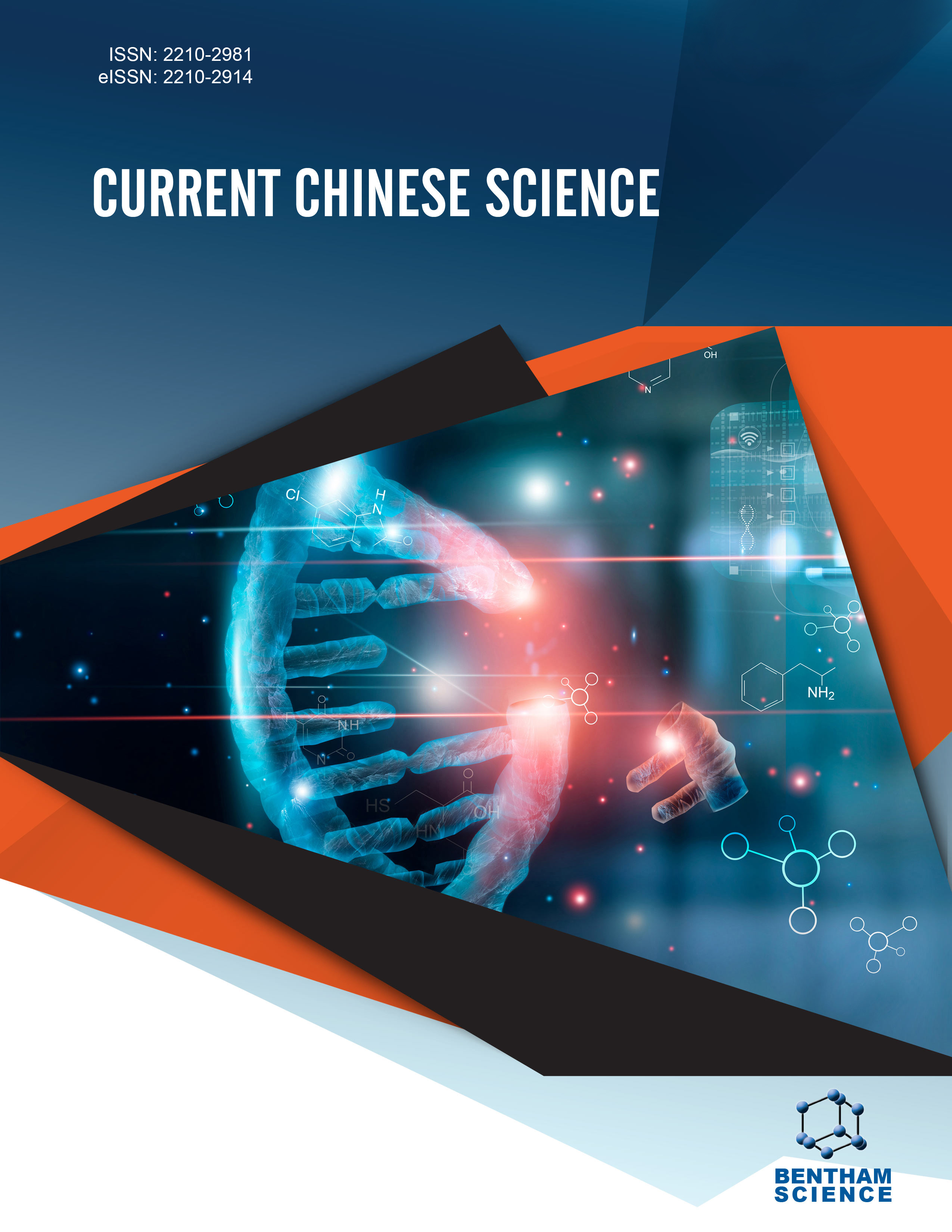-
s Roasting Process in a Pellet Shaft Furnace
- Source: Current Chinese Science, Volume 3, Issue 1, Feb 2023, p. 67 - 71
-
- 01 Feb 2023
Abstract
Background: The pellet shaft furnace is widely used to roast pellets, which is essential for the blast furnace burden structure; however, the study on the roasting process in the pellet shaft furnace is very critical for obtaining high-quality pellets. Objective: A theoretical model of the pellet roasting process in the pellet furnace (8m2) has been developed on the basis of reaction engineering. The present study aims at investigating the roasting process in the pellet shaft furnace by taking into account gas flow and heat transfer so that a reasonable structural design for the shaft furnace can be obtained. Methods: A numerical model for an 8m2 pellet shaft furnace has been developed on the basis of reaction engineering by taking into account gas flow, heat exchange between pellets and gas, and oxidation reaction of pellets. Results: The results show that four reaction zones (preheating, roasting, soaking, and cooling) exist obviously in the pellet shaft furnace. About 80% coolant gas flows through the gas coolant passage in the roasting zone, and the non-uniformity of coolant gas in the cooling zone exists under normal operative conditions. Furthermore, effects of some operation conditions on the distributions of process variables in the furnace are also examined. The numerical results are in agreement with industrial experiment results. Conclusion: The results reveals that the non-uniform flow of gas occurs in the cooling zone. The non-uniform flow of gas greatly affects the cooling effect. The present results can provide a theoretical basis for the prediction of the furnace process, the optimization of operation and the rational design of furnace shape. At the same time, the present work is helpful in realizing the automatic control and computer management of furnace production. In the future, the movement of pellets should be observed by means of a visualized model experiment to verify that the descending movement of pellets is approximately a potential flow in the furnace and piston flow except for the cooling zone. In addition, the experimental study of a single pellet under a widely varying range of conditions should be carried out to investigate the controlling step of oxidation reaction for pellets in the furnace.


